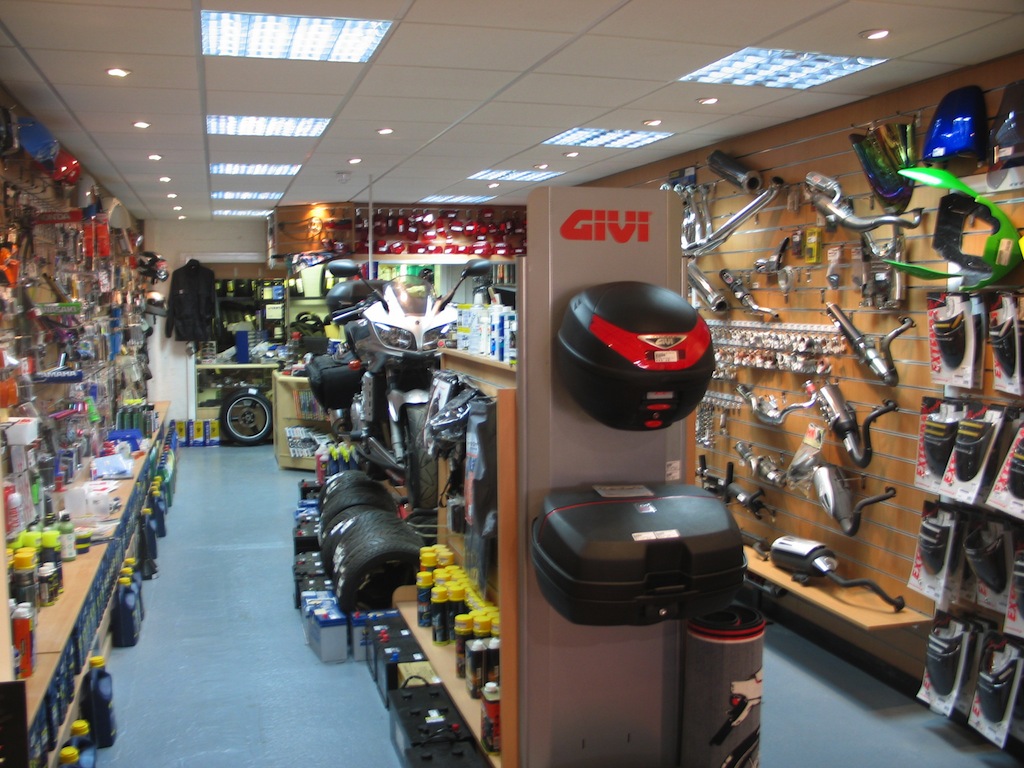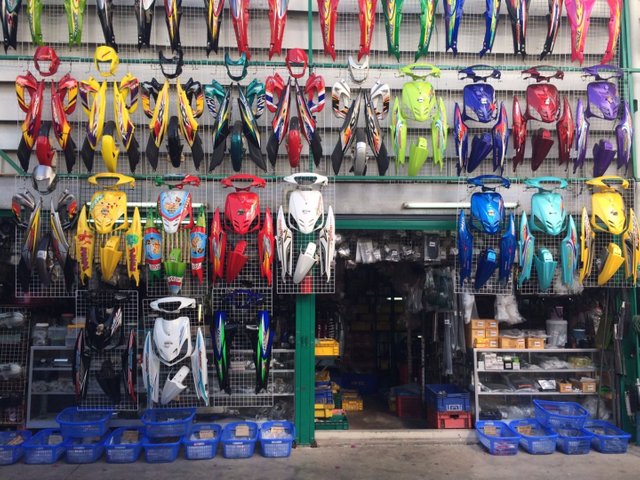Locate Competitive Rates on Motocross Parts NZ for each Bike
Locate Competitive Rates on Motocross Parts NZ for each Bike
Blog Article
Recognizing the Important Parts of a Motorcycle: A Comprehensive Guide for Fanatics
For bike enthusiasts looking to elevate their riding experience and guarantee their bikes run smoothly, understanding the vital components of a motorbike is critical. Each aspect, from the engine's elaborate operations to the crucial role of the braking devices, not only influences efficiency however additionally safety and comfort. This guide will go through the essential components that every motorcyclist ought to be acquainted with, making it possible for informed selections in both upkeep and potential upgrades. As we begin this exploration, one must ask: just how does each component connect to create the seamless trip every lover seeks?
Engine Parts

The camshaft plays a critical role in controlling the timing of the engine's shutoffs, ensuring the exact opening and closing required for reliable fuel and air intake, as well as exhaust expulsion. This timing is critical to preserving optimum engine performance and performance. Additionally, the carburetor or gas shot system, depending on the bike design, is accountable for blending air with fuel in the right proportion for burning.
The cooling system, either air or liquid-based, functions to maintain the engine's temperature within functional limits, protecting against getting too hot and guaranteeing durability - motox parts nz. Each element, diligently designed and incorporated, adds to the smooth operation of the engine, defining the motorcycle's power output and overall performance
Transmission System
Essential to the bike's functionality, the transmission system guarantees effective power transfer from the engine to the wheels. This system consists of a number of important parts, consisting of the clutch, transmission, and final drive, each playing a crucial duty in converting the engine's power right into motion. The clutch, normally operated by a hand lever, serves to disengage the engine and involve from the transmission, permitting smooth equipment modifications and regulated velocity.
The transmission, usually referred to as the transmission appropriate, includes a set of equipments that cyclists can manually shift through to adjust the bike's rate and torque output. These gears are set up in a sequence that allows the bike to increase smoothly and keep ideal engine efficiency throughout different rates. The majority of motorbikes make use of a sequential gearbox, requiring the cyclist to change gears in a predetermined order.
Braking Devices
While recognizing the transmission system is key to taking advantage of a motorcycle's power, equally important is the capacity to manage and stop that power efficiently, which is where braking devices enter play. Brakes are vital for safety and security and efficiency, providing the biker with the necessary control to browse numerous terrains and problems. Normally, motorbikes feature 2 sorts of stopping systems: disc brakes and drum brakes.
Disc brakes are more common in modern-day motorbikes due to their exceptional efficiency. This system uses better warmth dissipation, consistent performance, and boosted stopping power, especially in wet conditions.
On the other hand, drum brakes, though much less common, are still located in some motorbikes. They work by pressing brake footwear versus review the internal surface area of a drum affixed to the wheel. While normally less efficient in warm dissipation and stopping power, drum brakes are easier and much more affordable.
Recognizing these stopping systems' subtleties allows motorcyclists to preserve their motorcycles properly and value the engineering that makes certain risk-free and effective stopping.
Suspension and Guiding
Suspension and steering systems are crucial components that considerably influence a bike's handling and adventure comfort. The suspension system, containing forks at the front and shock absorbers at the back, absorbs roadway abnormalities, boosting security and control. Front forks, typically telescopic or upside down, compress and rebound to reduce effects, while back shock absorbers keep tire contact with the road, vital for traction and safety and security.
Guiding, focused around the handlebars, attaches the cyclist to the motorbike's directional control. The steering head bearings make sure smooth operation, enabling exact maneuverability. Proper alignment and upkeep of these bearings are crucial for predictable steering reaction and lowering cyclist tiredness.
The suspension's adjustability is another important aspect; preload, damping, and rebound setups allow customization to fit different riding conditions and designs. This adaptability is necessary for enhancing performance, whether browsing urban streets or tackling tough tracks. Innovations like electronic shock absorber supply real-time modifications, boosting trip quality across diverse surfaces.

Electrical Equipments
After guaranteeing a regulated and smooth adventure through effective suspension and guiding systems, attention transforms to the electric systems, a crucial element of modern-day motorbikes. These systems play a vital duty not only in starting the engine however also in powering different components that boost the performance and safety of the motorcycle.
At the heart of a motorbike's electrical system is the battery, which shops electric energy required for beginning the engine and powering complementary systems - motorcycle parts nz. The alternator or generator, paired with the rectifier-regulator, makes certain the battery stays billed while the motorcycle functions, transforming power right into electric power and preserving voltage degrees
The ignition system, one more i thought about this crucial part, is liable for stiring up the air-fuel mix in the engine's cyndrical tubes. Modern motorcycles frequently utilize an electronic ignition system, using better efficiency and reliability compared to traditional systems.
Lighting systems, consisting of fronts lights, tail lights, and signs, are also essential, guaranteeing presence and safety for the cyclist. Added digital elements such as sensing units, control devices, and presents add to sophisticated attributes like gas injection monitoring, anti-lock stopping systems (ABS), and digital control panels, additionally improving the riding experience.
Final Thought
A complete understanding of a motorbike's important parts, consisting of the engine, transmission system, braking mechanisms, suspension, steering, and electrical systems, is vital for fanatics intending to optimize safety and security, performance, and comfort. Mastery of these aspects enables educated choices regarding maintenance and upgrades, inevitably boosting the riding experience. By incorporating this understanding, riders can ensure their motorcycles operate at peak efficiency and integrity, thus maximizing both enjoyment and long life of their trailer hitch dirt bike rack automobiles.
For bike lovers looking to raise their riding experience and ensure their bikes run efficiently, comprehending the essential parts of a motorcycle is vital.Important to the motorbike's functionality, the transmission system guarantees effective power transfer from the engine to the wheels.While recognizing the transmission system is essential to harnessing a bike's power, equally crucial is the ability to regulate and stop that power effectively, which is where braking systems come into play. Generally, motorbikes feature 2 types of stopping systems: disc brakes and drum brakes.
A complete comprehension of a motorbike's necessary parts, including the engine, transmission system, stopping devices, suspension, steering, and electric systems, is important for enthusiasts intending to optimize comfort, performance, and safety.
Report this page